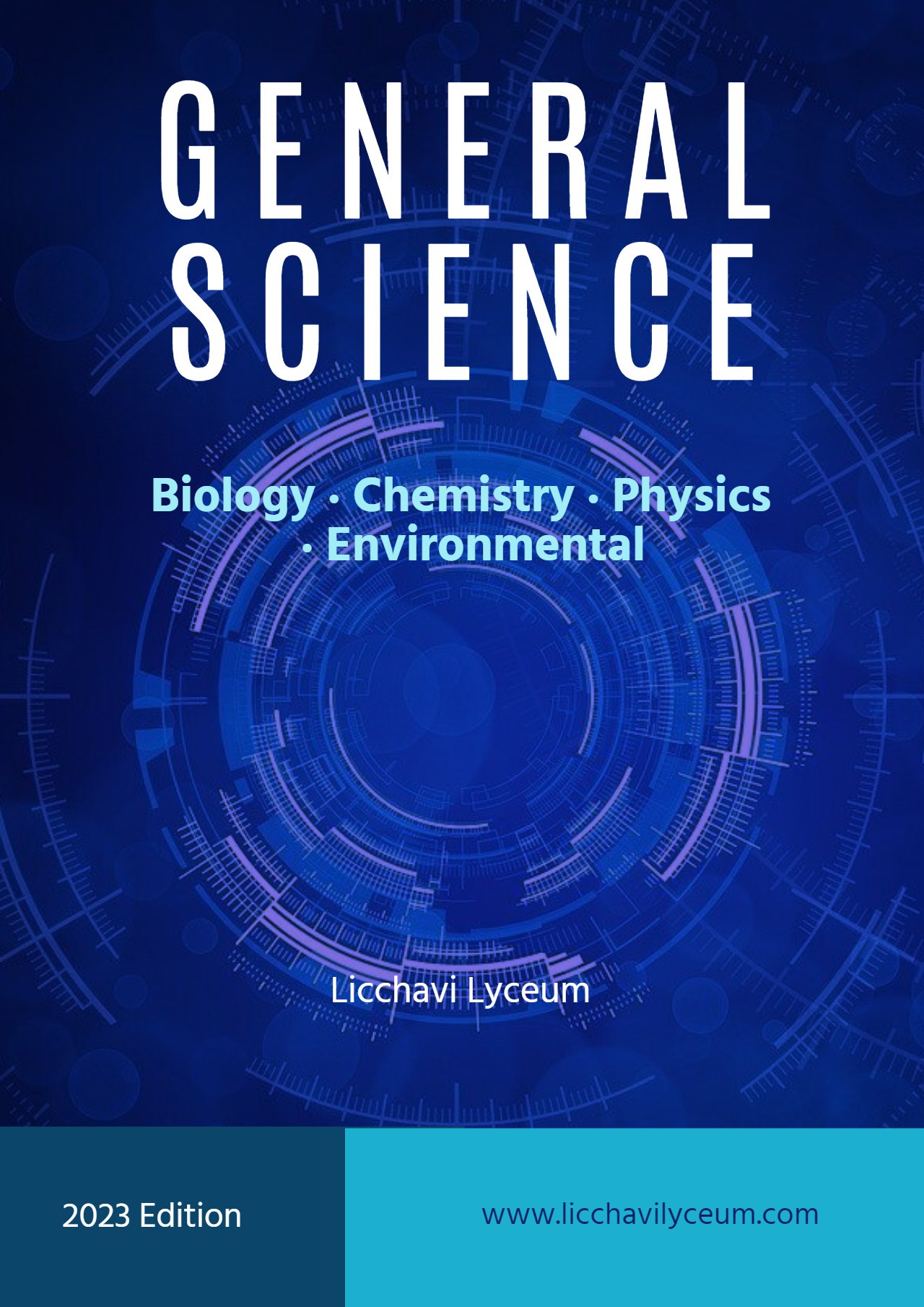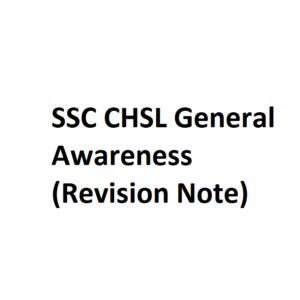Key Subjects of General Science Notes PDF:
- Physics:
- Physics unravels the fundamental principles that govern matter, energy, motion, and forces.
- It explores concepts such as mechanics, thermodynamics, electromagnetism, and quantum physics.
- Applications include designing efficient energy systems, understanding the behavior of light and sound, and exploring the mysteries of the universe.
- Chemistry:
- Chemistry investigates the composition, properties, and transformations of substances.
- It covers areas such as organic and inorganic chemistry, biochemistry, and analytical chemistry.
- Applications range from drug development and materials science to environmental studies and food technology.
- Biology:
- Biology examines living organisms, their structures, functions, and interactions.
- It includes sub-disciplines such as molecular biology, genetics, physiology, and ecology.
- Applications span fields like medicine, biotechnology, conservation, and agriculture.
- Earth and Environmental Sciences:
- Earth and environmental sciences explore the planet’s geological processes, climate patterns, and ecosystems.
- Geology, meteorology, oceanography, and environmental studies are key areas of focus.
- Understanding these sciences helps tackle issues like climate change, natural resource management, and conservation efforts.
Real-Life Applications:
- Medical Advances:
- General science underpins medical research, enabling advancements in diagnostics, treatments, and preventive healthcare.
- It facilitates breakthroughs in areas such as genetics, biotechnology, and pharmaceutical development.
- Technological Innovations:
- From the creation of smartphones and renewable energy sources to artificial intelligence and space exploration, general science drives technological advancements.
- It shapes engineering, computer science, and information technology, enhancing our quality of life and expanding human capabilities.
- Environmental Sustainability:
- General science provides insights into environmental issues, leading to sustainable practices and policies.
- It supports efforts to combat climate change, preserve biodiversity, and promote renewable energy sources.
- Improved Agriculture:
- Through scientific advancements, general science contributes to developing high-yield crops, efficient farming techniques, and sustainable agricultural practices.
- It helps address food security challenges and promotes responsible land management.
General science acts as a gateway to understanding the intricate workings of the natural world and serves as a catalyst for progress in various domains.
General Science PDF Notes
Important Links



